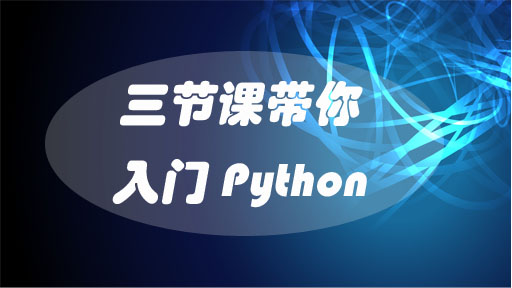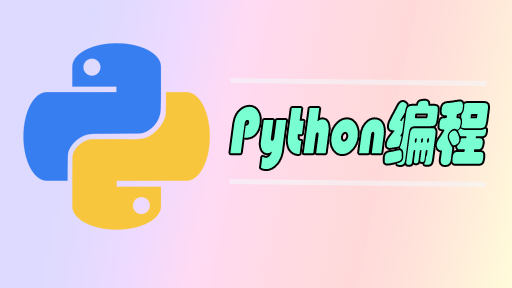
有用的20个python代码段(4):
1、使用列举获取索引和值对
以下脚本使用列举来迭代列表中的值及其索引。
my_list = ['a', 'b', 'c', 'd', 'e']
for index, value in enumerate(my_list):
print('{0}: {1}'.format(index, value))
# 0: a
# 1: b
# 2: c
# 3: d
# 4: e2、检查对象的内存使用
以下脚本可用来检查对象的内存使用。
import sys num = 21 print(sys.getsizeof(num)) # In Python 2, 24 # In Python 3, 28
3、合并两个字典
在Python 2 中,使用update()方法合并两个字典,而Python3.5 使操作过程更简单。
在给定脚本中,两个字典进行合并。我们使用了第二个字典中的值,以免出现交叉的情况。
dict_1 = {'apple': 9, 'banana': 6}
dict_2 = {'banana': 4, 'orange': 8}
combined_dict = {**dict_1, **dict_2}
print(combined_dict)
# Output
# {'apple': 9, 'banana': 4, 'orange': 8}4、执行一段代码所需时间
下面的代码使用time 软件库计算执行一段代码所花费的时间。
import time
start_time = time.time()
# Code to check follows
a, b = 1,2
c = a+ b
# Code to check ends
end_time = time.time()
time_taken_in_micro = (end_time- start_time)*(10**6)
print(" Time taken in micro_seconds: {0} ms").format(time_taken_in_micro)更多Python知识,请关注:Python自学网!!











